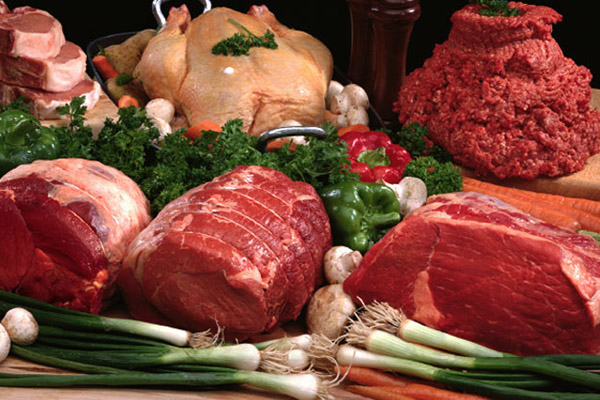Demystifying the E-Number Maze: What is Potassium Metaphosphate in Your Food?
Ever scanned a food label and stumbled upon a cryptic code like E340? Fear not, intrepid foodies, for today we crack the case of potassium metaphosphate, a common food additive whose name might sound scientific, but whose uses are surprisingly down-to-earth. So, grab your grocery list and your curiosity, because we’re about to dive into the world of food science and unveil the secrets of this mysterious E-number!
Beyond the Code: Unmasking the Potassium Metaphosphate Molecule
Potassium metaphosphate (KMP for short) isn’t some Frankensteinian creation; it’s actually a salt derived from phosphoric acid and potassium. Think of it as a clever chemist’s trick, combining two natural ingredients to create a multi-talented food assistant.
The Many Hats of KMP: Master of Food Magic
So, what exactly does KMP do in your food? This versatile molecule wears many hats, each enhancing your culinary experience in different ways:
- Water Whisperer: Ever noticed some packaged meats retaining their juicy goodness? KMP is often the reason. It acts as a water binder, holding onto those precious fluids, keeping your bites tender and flavorful. Imagine it as a microscopic sponge, soaking up and releasing water just when your taste buds need it most.
- Texture Twister: KMP plays with textures like a food scientist in a playground. It can thicken sauces, stabilize emulsions (think creamy salad dressings!), and even improve the texture of baked goods, ensuring cakes rise beautifully and breads stay soft. Picture it as a tiny architect, building and reinforcing the delicate structures of your favorite dishes.
- Flavor Fixer: KMP can even enhance the taste of your food! By adjusting the acidity levels in certain products, it can boost savory flavors and bring out that umami goodness. Think of it as a flavor whisperer, nudging your taste buds towards a symphony of deliciousness.
Safety First: Navigating the E-Number Realm
While KMP is generally considered safe by leading food authorities, it’s always good to be an informed eater. Here are some points to ponder:
- Moderation Matters: Like any ingredient, overdoing KMP isn’t ideal. Check the amount listed on labels and remember, variety is the spice of life (and a balanced diet!).
- Allergy Awareness: While rare, some individuals might have sensitivities to KMP. If you experience any adverse reactions after consuming foods containing it, consult your doctor.
- Label Literacy: Don’t let E-numbers scare you! Learning a bit about common food additives like KMP empowers you to make informed choices about what you eat. Remember, knowledge is power, especially in the supermarket aisle!
Conclusion: Embrace the Science, Savor the Food
The next time you encounter potassium metaphosphate on a food label, don’t shy away. Embrace it as a hardworking, if slightly cryptic, hero in the world of food science. It’s there to enhance your culinary experience, from keeping your food juicy to boosting its flavor and texture. So, be an adventurous eater, embrace the science behind your meals, and remember, good food, like good knowledge, is always worth exploring!
FAQ:
Q: Is potassium metaphosphate natural?
A: While KMP itself is a processed salt, it’s derived from naturally occurring elements (phosphorus and potassium). However, its use as a food additive falls under the category of “processed foods.” So, if you’re aiming for a more natural diet, limiting foods containing KMP might be a good choice. Remember, variety and balance are key to a healthy and delicious eating lifestyle!
Now, go forth and conquer the grocery aisles, armed with your newfound knowledge of the mysterious E340. Remember, food science is fascinating, and understanding what goes into your meals can make every bite even more enjoyable! Bon appétit!
Post time: Jan-08-2024











